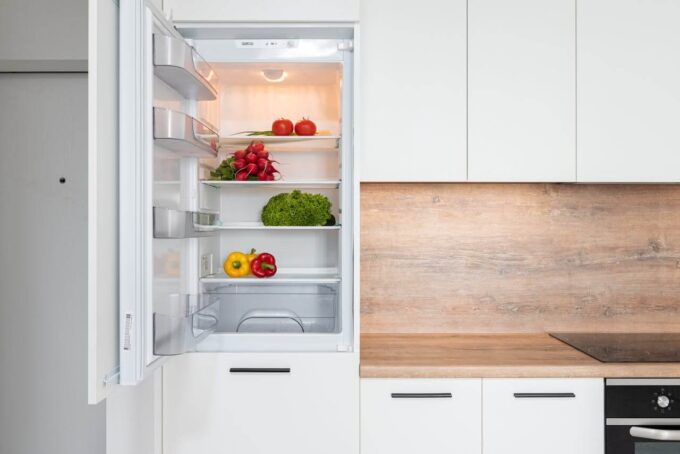
With more people transitioning to remote work, the flexibility and convenience are undeniable benefits. However, working from home also comes with its challenges, especially when it comes to separating work and personal life. Your home becomes your office, and without clear boundaries, you may find it hard to relax and recharge. Let’s explore how to create a home workspace that helps you achieve the ideal work-life balance.
Why It Matters
- Impact on Mental Health
When your workspace overlaps with your relaxation space, it becomes difficult to mentally separate from professional responsibilities. Your brain may struggle to switch gears between work mode and relaxation mode. - Boosting Focus and Productivity
A dedicated workspace helps improve focus and concentration. Your brain will associate this area with productivity, making it easier to stay on task. - Minimizing Distractions
Distractions from family members or housemates are common challenges when working from home. Establishing clear work boundaries, including a designated zone, can help mitigate these interruptions.
How to Create a Home Office
- Choose the Right Spot
Ideally, set up your workspace in a separate room with a door that closes. If that’s not possible, find a quiet corner in your home. You can also use a foldable screen or room divider to create a sense of separation.
Tip: Avoid working in your bedroom. Keep it as a space reserved for rest and relaxation. - Invest in Quality Furniture
Comfort is a key factor for productivity. A sturdy desk and an ergonomic chair that supports good posture are essential. Proper furniture can help you stay comfortable and focused throughout the day. - Optimize Lighting
Proper lighting improves focus and reduces eye strain. Whenever possible, position your desk near a window to take advantage of natural light. Additionally, invest in a desk lamp with adjustable brightness to ensure you have enough light for all tasks. - Declutter and Organize
A cluttered space can lead to a cluttered mind. Use organizers, storage bins, or filing cabinets to keep documents and supplies in order. A tidy workspace encourages focus and reduces unnecessary distractions.

Balancing Work and Relaxation
- Set a Clear Work Schedule
Establishing a fixed work schedule is one of the most effective ways to maintain boundaries. This approach enhances productivity and helps your brain understand when it’s time to work and when it’s time to unwind. - Create Rituals to Transition into Work Mode
Small rituals can help you mentally prepare for work. For example, brewing a cup of tea, playing background music, or reviewing your daily to-do list can set the tone for a productive day. Experiment with simple traditions that signal the start of your workday. - Designate a Relaxation Space
Just as you need a workspace, you also need a dedicated relaxation area. Whether it’s a cozy couch or a reading nook with a comfy chair, having a go-to spot to unwind can help you recharge.
Balancing Family and Work
Working from home with your family around can be tricky, but these strategies can help:
- Communicate Your Work Hours
Let your family know your schedule and kindly ask them not to disturb you during work hours. - Keep Kids Occupied
Provide engaging activities for your children that will keep them busy while you work. - Take Breaks Together
Use breaks to connect with your family, whether it’s enjoying a quick snack or spending a few moments chatting.

TOP Tip: Add a Personal Touch
Don’t overlook the aesthetic aspect of your workspace. A visually appealing environment can inspire creativity, elevate your mood, and boost productivity. Incorporate plants, motivational quotes, or family photos to make your workspace uniquely yours.
Working from home can be highly effective when approached thoughtfully. By creating an organized workspace and sticking to a structured routine, you can maximize productivity while enjoying the flexibility of remote work. Remember, balance is the key to both happiness and success.
Latest Posts
How to Keep Your Garage Organized and Clutter-Free
Is your garage drowning in miscellaneous items? Many homeowners struggle as this...
2 Mins readHow to Clean and Store Winter Clothes Properly
Investing in quality winter garments means protecting your financial investment through proper...
2 Mins readFoods You Should Never Store Together in the Fridge
Your refrigerator is more than a cold storage unit—it’s a delicate ecosystem...
2 Mins readHow to Store Clothes Properly to Keep Them Fresh and Wrinkle-Free
Ever discovered a cherished garment ruined by improper storage? Effective clothing preservation...
2 Mins read











